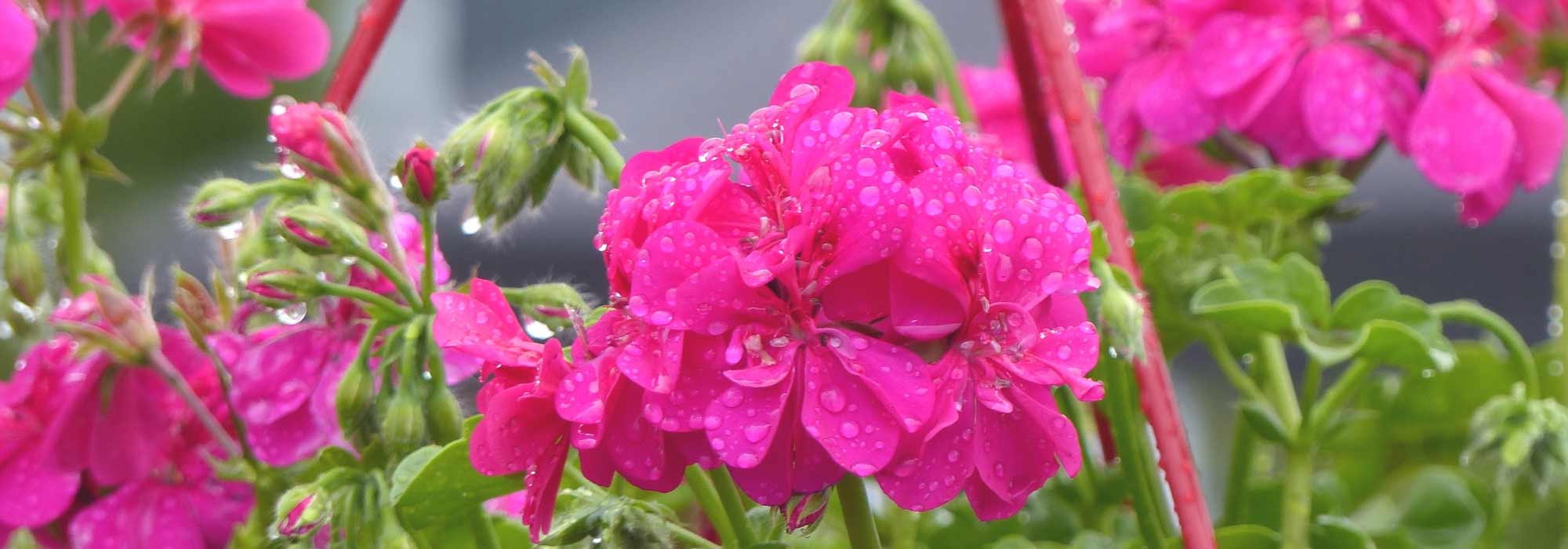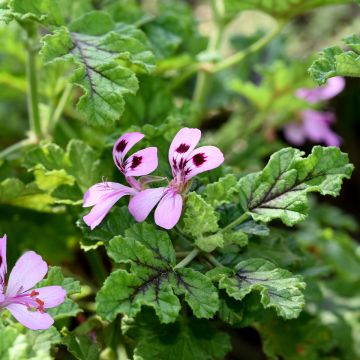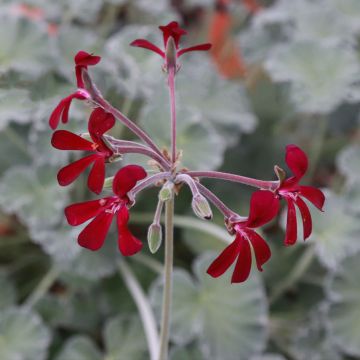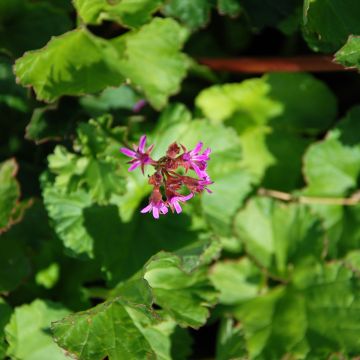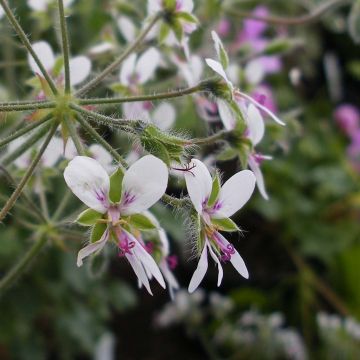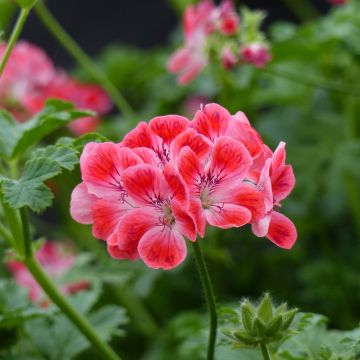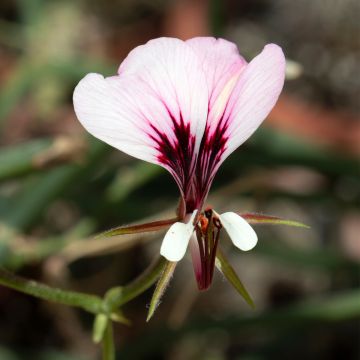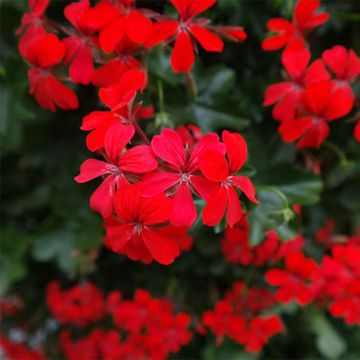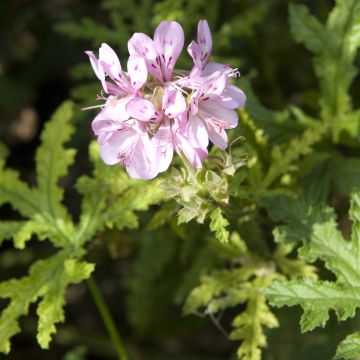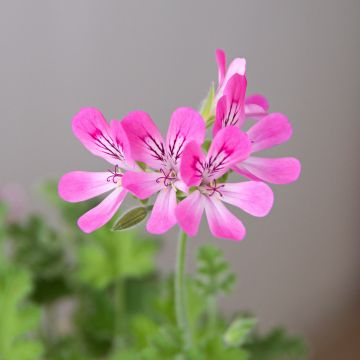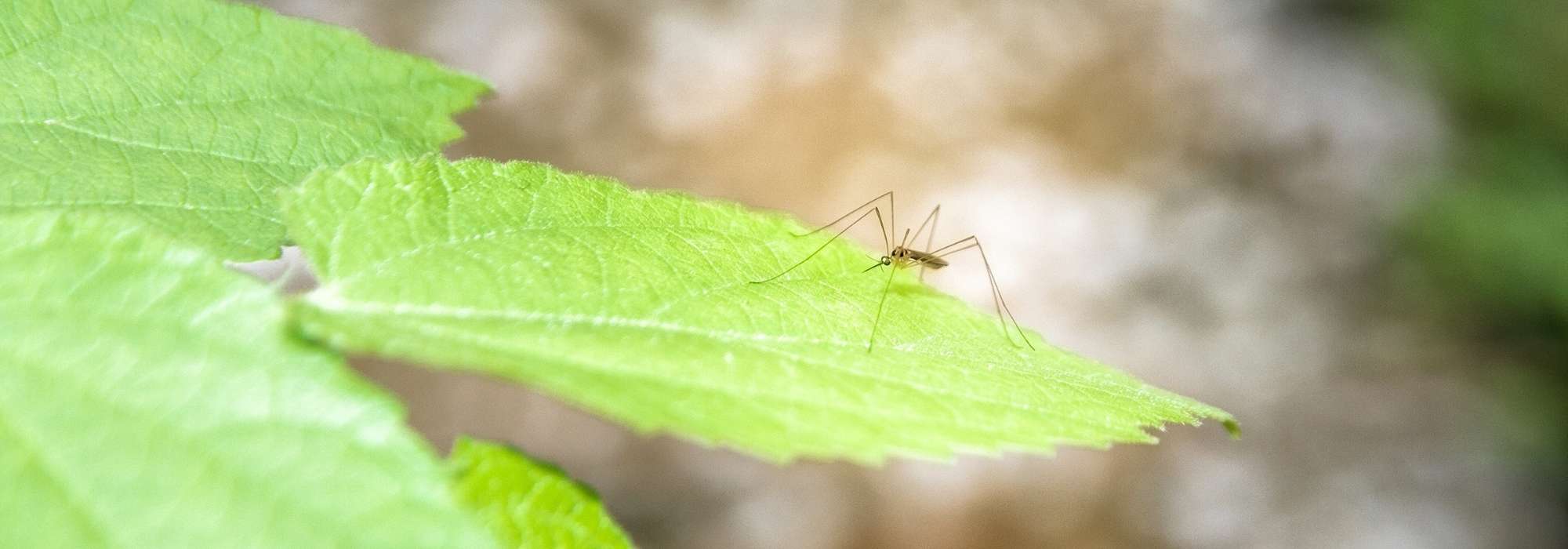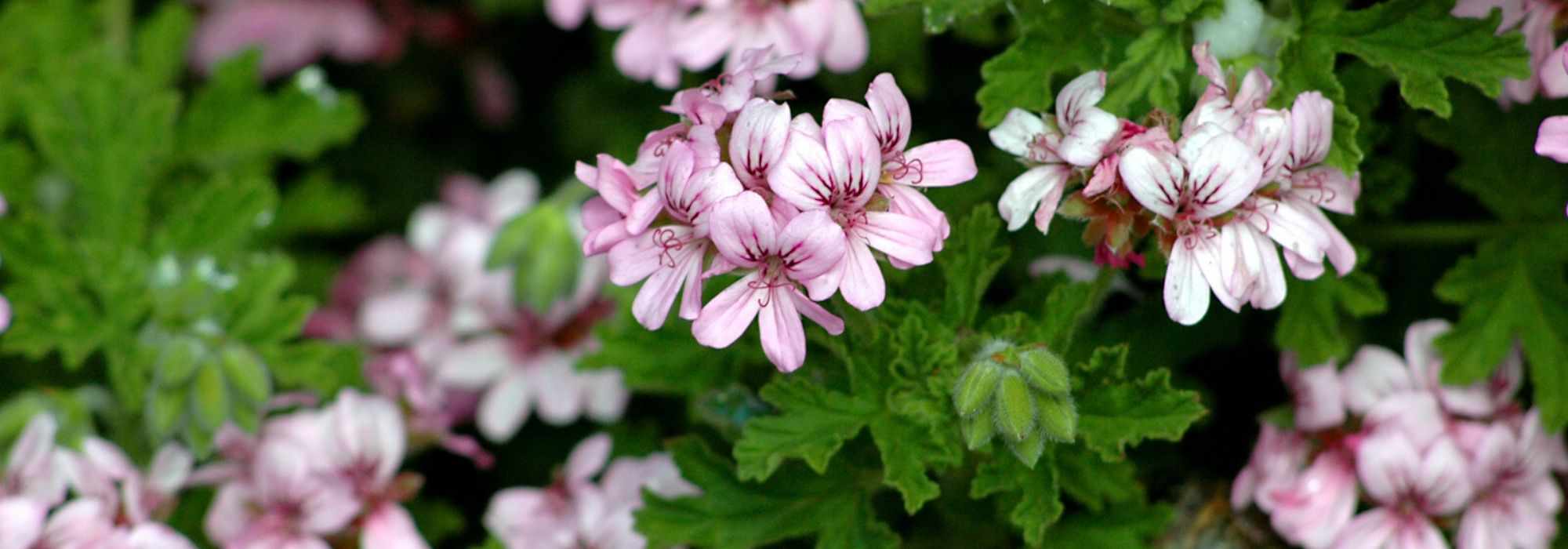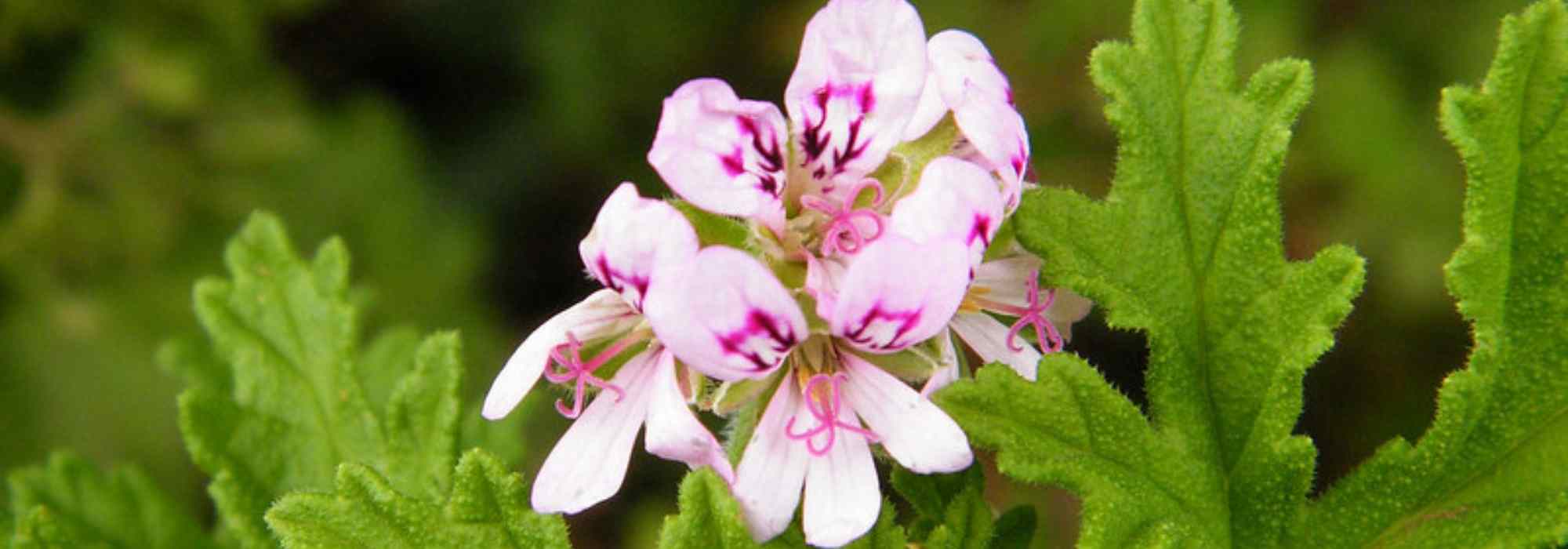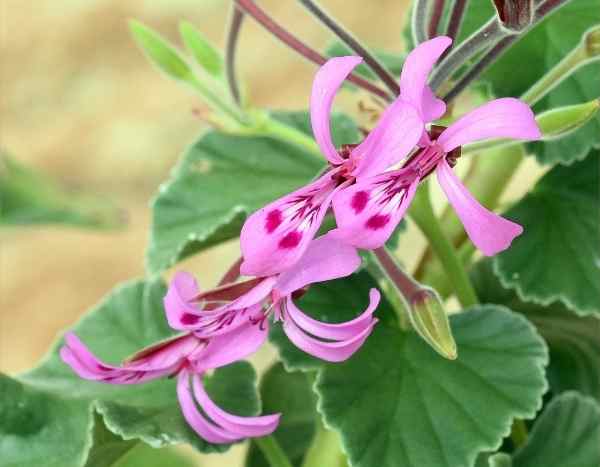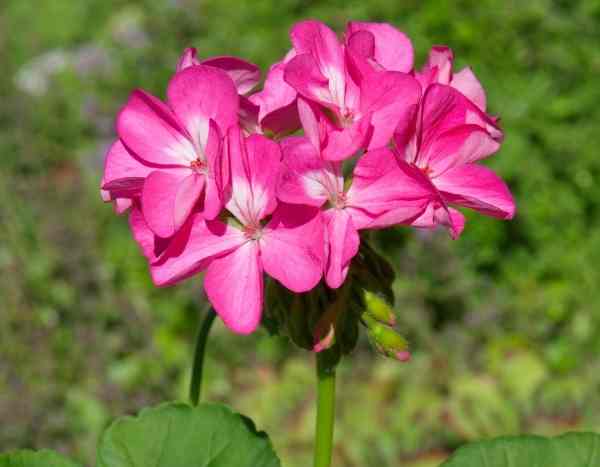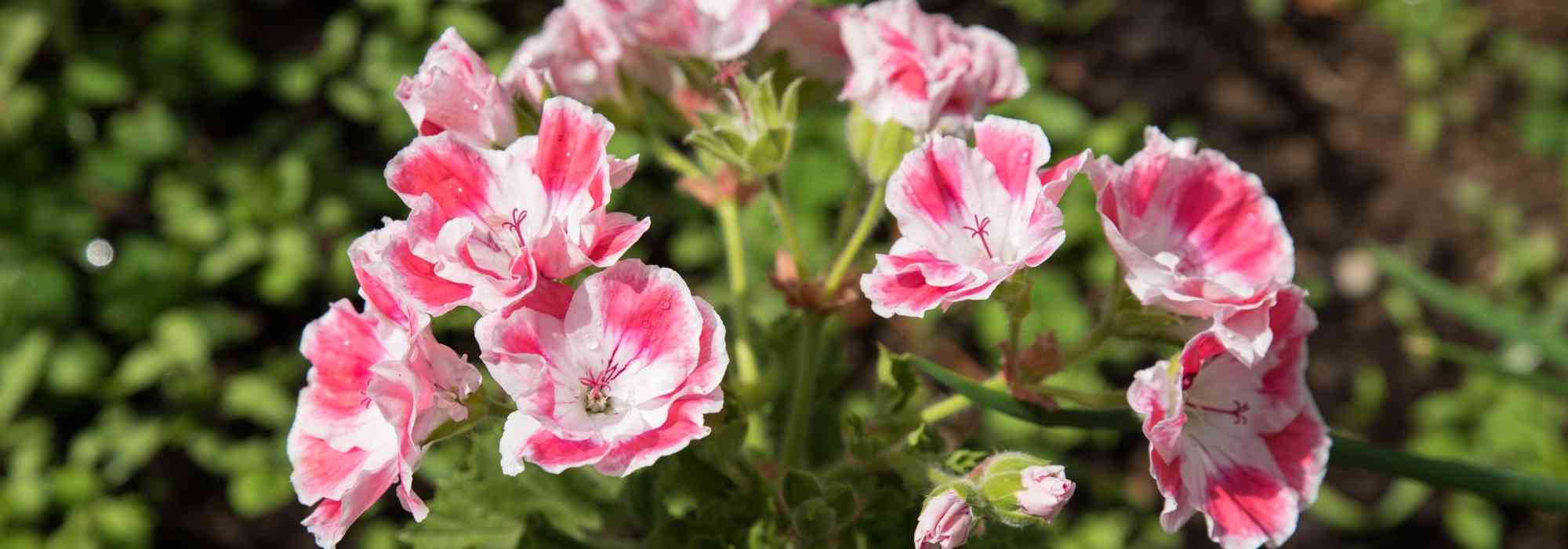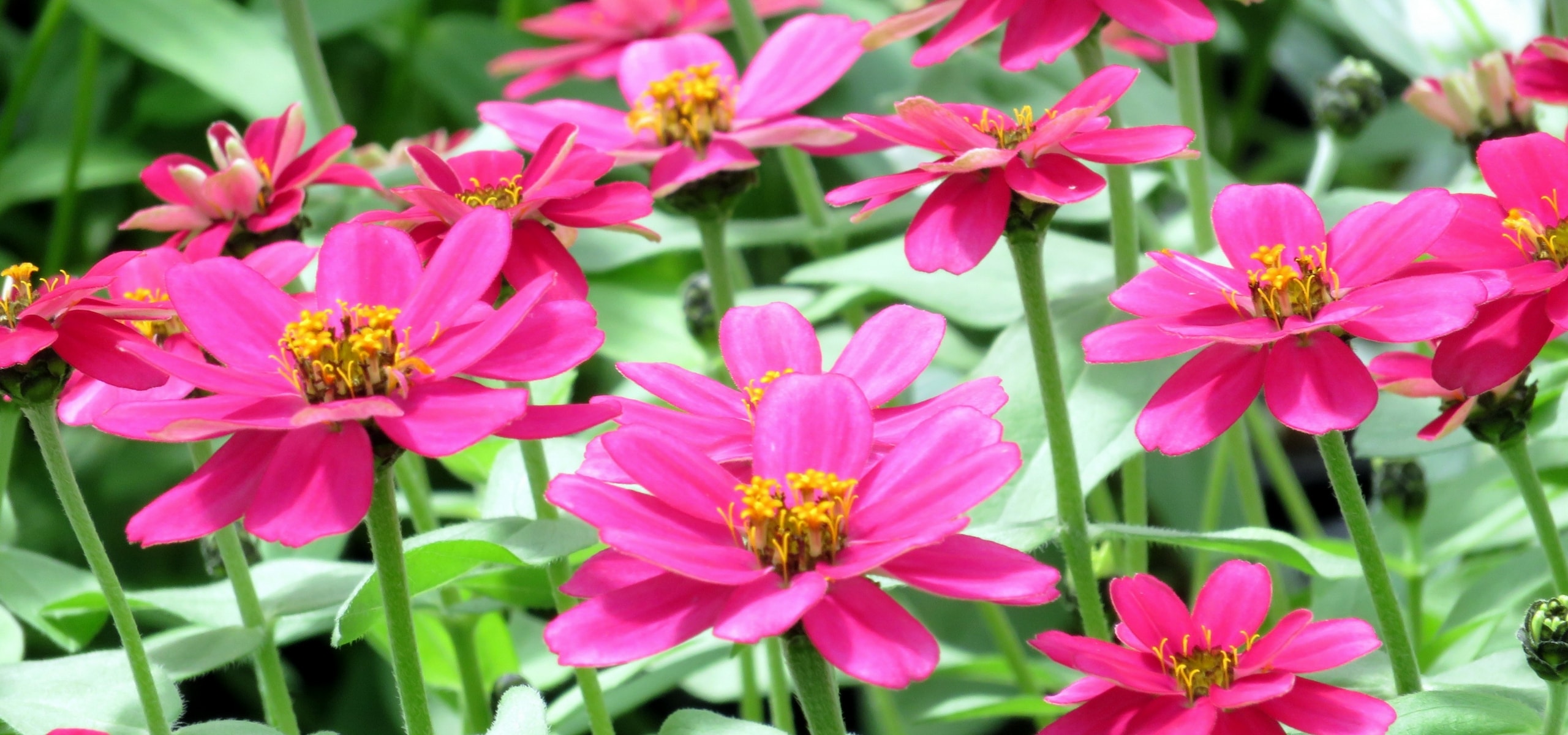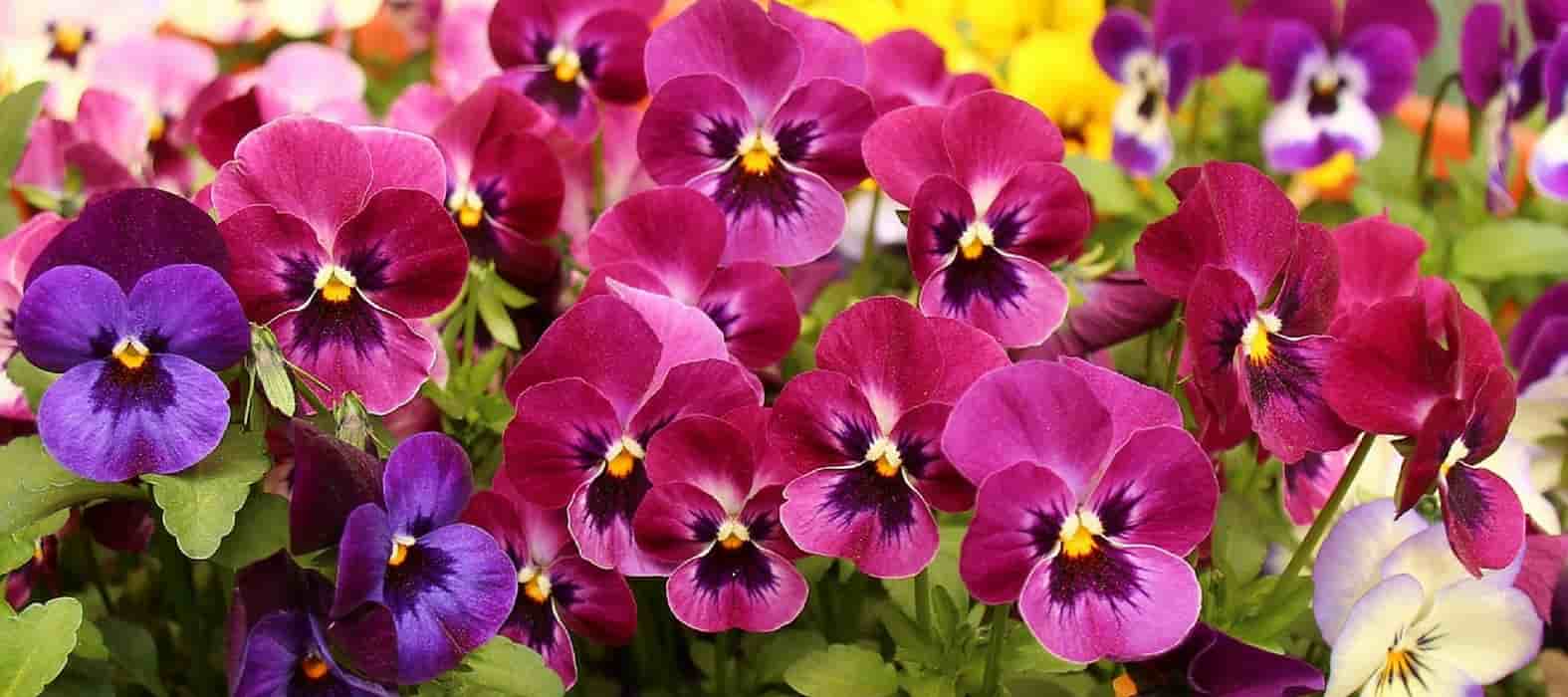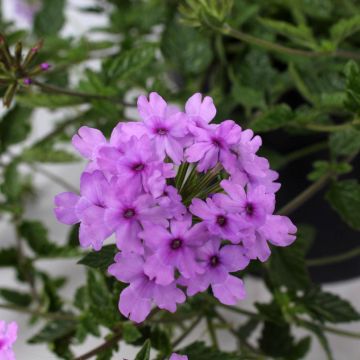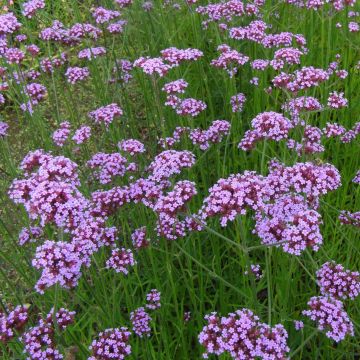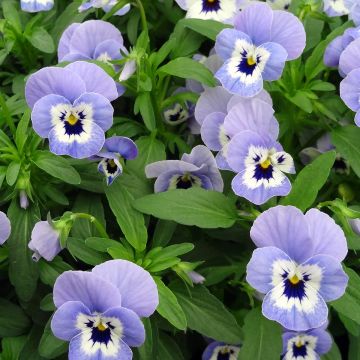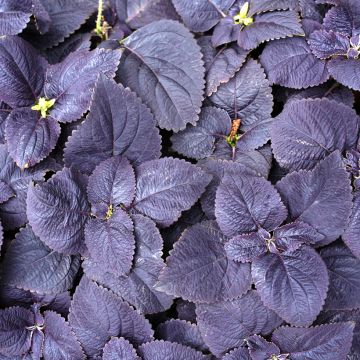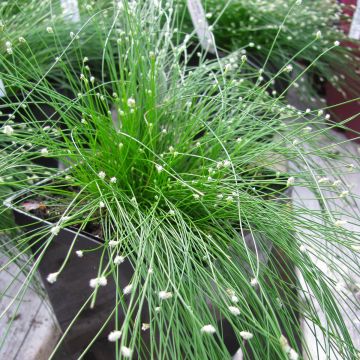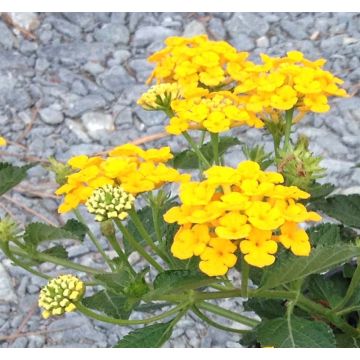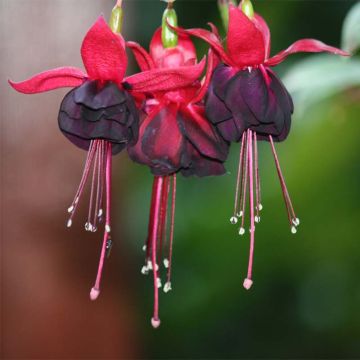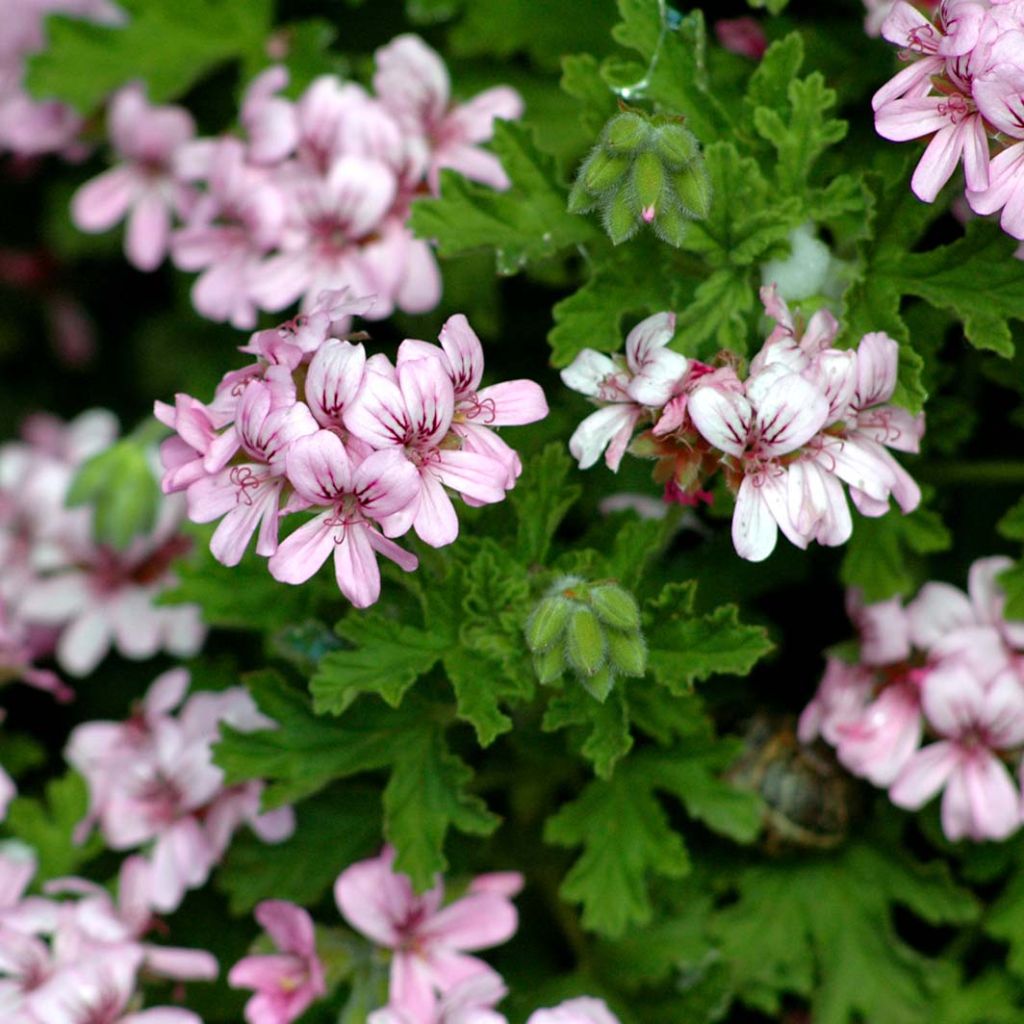

Pelargonium graveolens
Pelargonium graveolens
Pelargonium graveolens
Rose Geranium, Sweet Scented Geranium
Perfect, the pelargonium has thrived (in a pot due to the severe winter in the Grand Est region).
Pierre H., 12/02/2023
Special offer!
Receive a €20 voucher for any order over €90 (excluding delivery costs, credit notes, and plastic-free options)!
1- Add your favorite plants to your cart.
2- Once you have reached €90, confirm your order (you can even choose the delivery date!).
3- As soon as your order is shipped, you will receive an email containing your voucher code, valid for 3 months (90 days).
Your voucher is unique and can only be used once, for any order with a minimum value of €20, excluding delivery costs.
Can be combined with other current offers, non-divisible and non-refundable.
Home or relay delivery (depending on size and destination)
Schedule delivery date,
and select date in basket
This plant carries a 6 months recovery warranty
More information
We guarantee the quality of our plants for a full growing cycle, and will replace at our expense any plant that fails to recover under normal climatic and planting conditions.
Would this plant suit my garden?
Set up your Plantfit profile →
Description
The Pelargonium graveolens, also known as strongly scented geranium, is a highly fragrant botanical species, forming a beautiful evergreen shrub covered in soft and velvety leaves that release a pleasant aroma when touched. Its initially balsamic and menthol scent evolves throughout the season, to become reminiscent of the fragrance of roses during flowering. It blooms from June to September, producing small candy pink flowers with garnet red markings, clustered in small umbels. It is the origin of numerous hybrids known as Geranium Rosat, widely used in perfumery for their rose-scented essential oil. This pelargonium grows rapidly in light and fertile soils, in full sun. It should be protected from frost during winter.
Native to two separate regions in South Africa, as well as Zimbabwe and Mozambique, where the climate is characterised by hot and humid summers and mild winters, Pelargonium graveolens is a perennial shrub belonging to the geranium family. In the wild, the plant thrives in mountainous areas, particularly in moist ravines. Its bushy habit is supported by hairy stems that lignify over time, allowing the plant to reach 50 to 60 cm (20 to 24in) in all directions (or even more). Its highly ornamental foliage consists of deeply lobed and undulate leaves, measuring 4 cm (2in) in length and 6 cm (2in) in width. They are soft and velvety to the touch, due to the presence of numerous hairs that secrete a highly fragrant essential oil. Depending on the observer and the time of year, its fragrance can be perceived differently; balsamic, lemony, or mint-like, it more distinctly evokes rose notes in summer. Flowering occurs from June to October, in the form of heads containing 10 to 15 small light pink flowers measuring 15 mm (1in), which may be less spectacular than those of classic perennial or annual hybrids, but more authentic. The two upper petals, veined with garnet, are larger than the three lower petals. The plant is fertile and produces some fruits, unlike the Rosat hybrid group, which is mostly sterile.
With a simple touch, Pelargonium graveolens releases a delicate fragrance and repels mosquitoes. Therefore, plant it in a pot indoors or in the ground in a location where you can touch it, along a pathway or in a pot on the terrace or veranda. We were captivated one day after the rain by a bed of fragrant geraniums and spent time immersing ourselves in a symphony of delicate scents. In mild and humid climates, the plant will grow larger, forming a beautiful bush that requires very little maintenance.
Its leaves are sometimes used in perfumery to extract a rose essence, and the English pick its flowers to flavor their jellies. Try flavouring a recipe with fragrant pelargonium flowers, it works! The edible leaves are used in fruit salads and potpourri.
Note: Attention, our plug plants are professional products intended for experienced gardeners: upon receipt, repot and store them under shelter (veranda, greenhouse, cold frame) at a temperature above 14°C (57.2°F) for a few weeks before planting them outdoors once the risk of frost has definitively passed.
Pelargonium graveolens in pictures
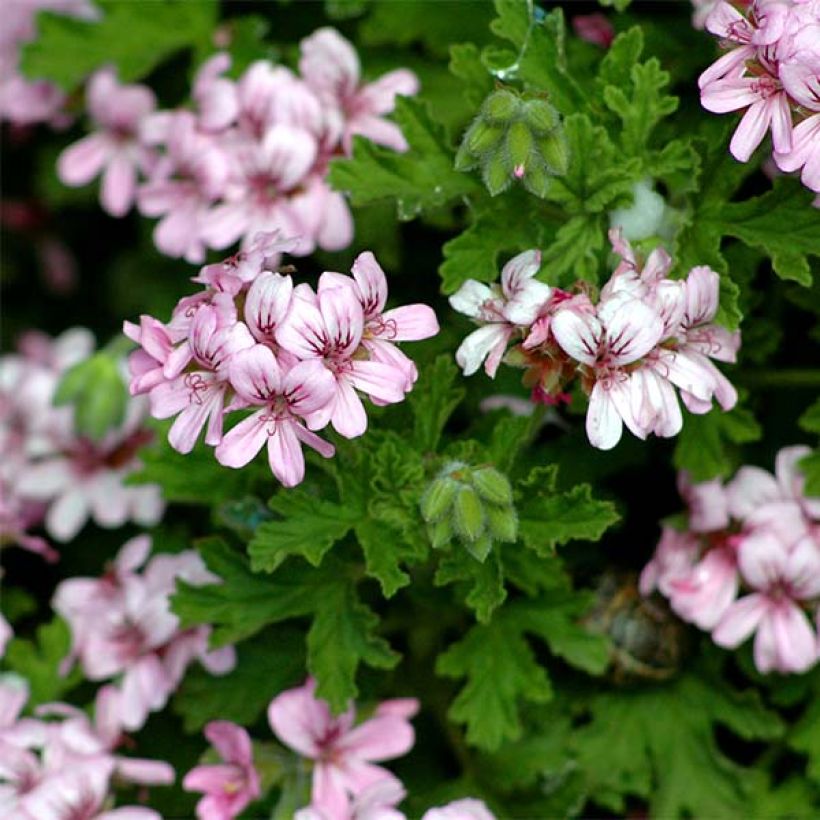

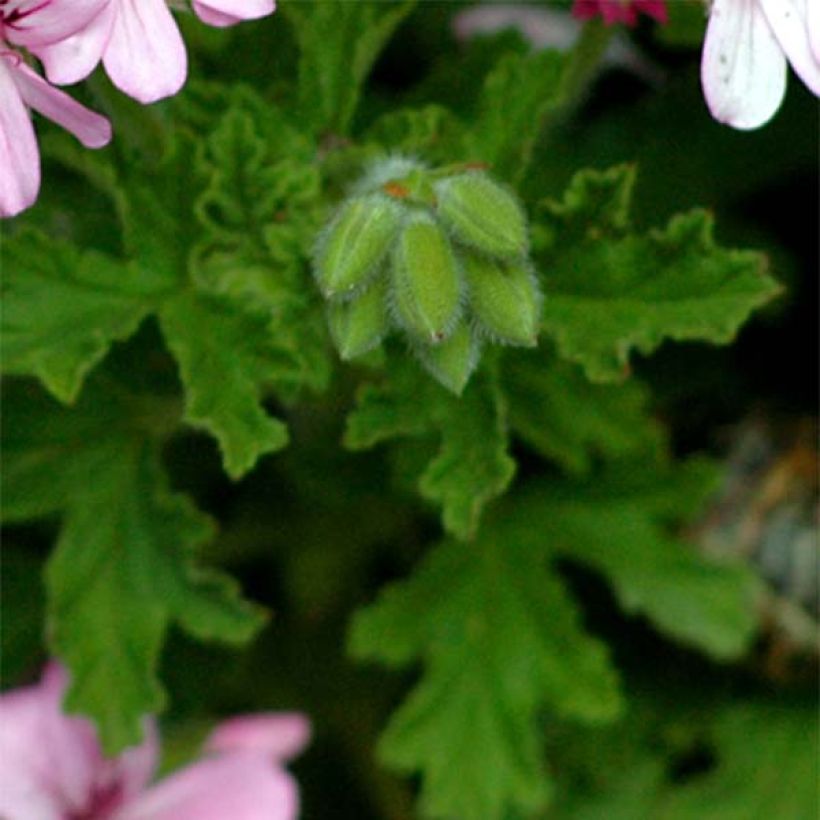

Flowering
Foliage
Plant habit
Botanical data
Pelargonium
graveolens
Geraniaceae
Rose Geranium, Sweet Scented Geranium
South Africa
Other Pelargonium - Geranium
View all →Planting and care
Plant your geraniums in the ground after the last frosts, in a sunny location. You can also plant them in pots placed in a sheltered position, which you will take out in May. If you plant them in the ground, wait until the frosts have passed. Fragrant geraniums require well-drained soil, but not necessarily very rich. Water moderately. In pots, regular watering is necessary in summer. You can save your geraniums by bringing them indoors under a veranda or a cold greenhouse in winter. They can withstand a light frost, but they will not survive the winter in the garden, except in coastal areas.
Planting period
Intended location
Care
Planting & care advice
-
, onOrder confirmed
Reply from on Promesse de fleurs
Similar products
Haven't found what you were looking for?
Hardiness is the lowest winter temperature a plant can endure without suffering serious damage or even dying. However, hardiness is affected by location (a sheltered area, such as a patio), protection (winter cover) and soil type (hardiness is improved by well-drained soil).

Photo Sharing Terms & Conditions
In order to encourage gardeners to interact and share their experiences, Promesse de fleurs offers various media enabling content to be uploaded onto its Site - in particular via the ‘Photo sharing’ module.
The User agrees to refrain from:
- Posting any content that is illegal, prejudicial, insulting, racist, inciteful to hatred, revisionist, contrary to public decency, that infringes on privacy or on the privacy rights of third parties, in particular the publicity rights of persons and goods, intellectual property rights, or the right to privacy.
- Submitting content on behalf of a third party;
- Impersonate the identity of a third party and/or publish any personal information about a third party;
In general, the User undertakes to refrain from any unethical behaviour.
All Content (in particular text, comments, files, images, photos, videos, creative works, etc.), which may be subject to property or intellectual property rights, image or other private rights, shall remain the property of the User, subject to the limited rights granted by the terms of the licence granted by Promesse de fleurs as stated below. Users are at liberty to publish or not to publish such Content on the Site, notably via the ‘Photo Sharing’ facility, and accept that this Content shall be made public and freely accessible, notably on the Internet.
Users further acknowledge, undertake to have ,and guarantee that they hold all necessary rights and permissions to publish such material on the Site, in particular with regard to the legislation in force pertaining to any privacy, property, intellectual property, image, or contractual rights, or rights of any other nature. By publishing such Content on the Site, Users acknowledge accepting full liability as publishers of the Content within the meaning of the law, and grant Promesse de fleurs, free of charge, an inclusive, worldwide licence for the said Content for the entire duration of its publication, including all reproduction, representation, up/downloading, displaying, performing, transmission, and storage rights.
Users also grant permission for their name to be linked to the Content and accept that this link may not always be made available.
By engaging in posting material, Users consent to their Content becoming automatically accessible on the Internet, in particular on other sites and/or blogs and/or web pages of the Promesse de fleurs site, including in particular social pages and the Promesse de fleurs catalogue.
Users may secure the removal of entrusted content free of charge by issuing a simple request via our contact form.
The flowering period indicated on our website applies to countries and regions located in USDA zone 8 (France, the United Kingdom, Ireland, the Netherlands, etc.)
It will vary according to where you live:
- In zones 9 to 10 (Italy, Spain, Greece, etc.), flowering will occur about 2 to 4 weeks earlier.
- In zones 6 to 7 (Germany, Poland, Slovenia, and lower mountainous regions), flowering will be delayed by 2 to 3 weeks.
- In zone 5 (Central Europe, Scandinavia), blooming will be delayed by 3 to 5 weeks.
In temperate climates, pruning of spring-flowering shrubs (forsythia, spireas, etc.) should be done just after flowering.
Pruning of summer-flowering shrubs (Indian Lilac, Perovskia, etc.) can be done in winter or spring.
In cold regions as well as with frost-sensitive plants, avoid pruning too early when severe frosts may still occur.
The planting period indicated on our website applies to countries and regions located in USDA zone 8 (France, United Kingdom, Ireland, Netherlands).
It will vary according to where you live:
- In Mediterranean zones (Marseille, Madrid, Milan, etc.), autumn and winter are the best planting periods.
- In continental zones (Strasbourg, Munich, Vienna, etc.), delay planting by 2 to 3 weeks in spring and bring it forward by 2 to 4 weeks in autumn.
- In mountainous regions (the Alps, Pyrenees, Carpathians, etc.), it is best to plant in late spring (May-June) or late summer (August-September).
The harvesting period indicated on our website applies to countries and regions in USDA zone 8 (France, England, Ireland, the Netherlands).
In colder areas (Scandinavia, Poland, Austria...) fruit and vegetable harvests are likely to be delayed by 3-4 weeks.
In warmer areas (Italy, Spain, Greece, etc.), harvesting will probably take place earlier, depending on weather conditions.
The sowing periods indicated on our website apply to countries and regions within USDA Zone 8 (France, UK, Ireland, Netherlands).
In colder areas (Scandinavia, Poland, Austria...), delay any outdoor sowing by 3-4 weeks, or sow under glass.
In warmer climes (Italy, Spain, Greece, etc.), bring outdoor sowing forward by a few weeks.






























